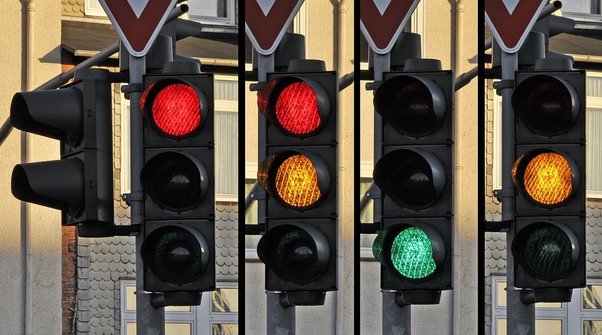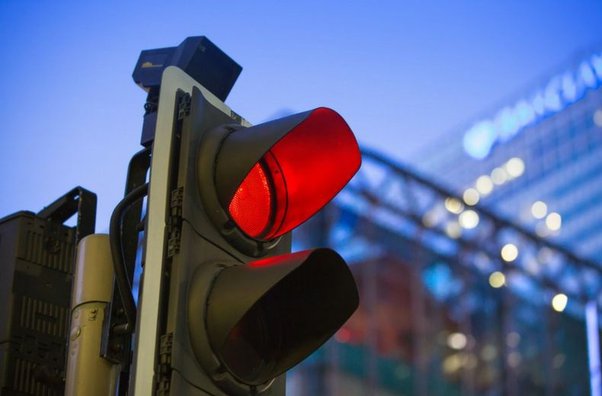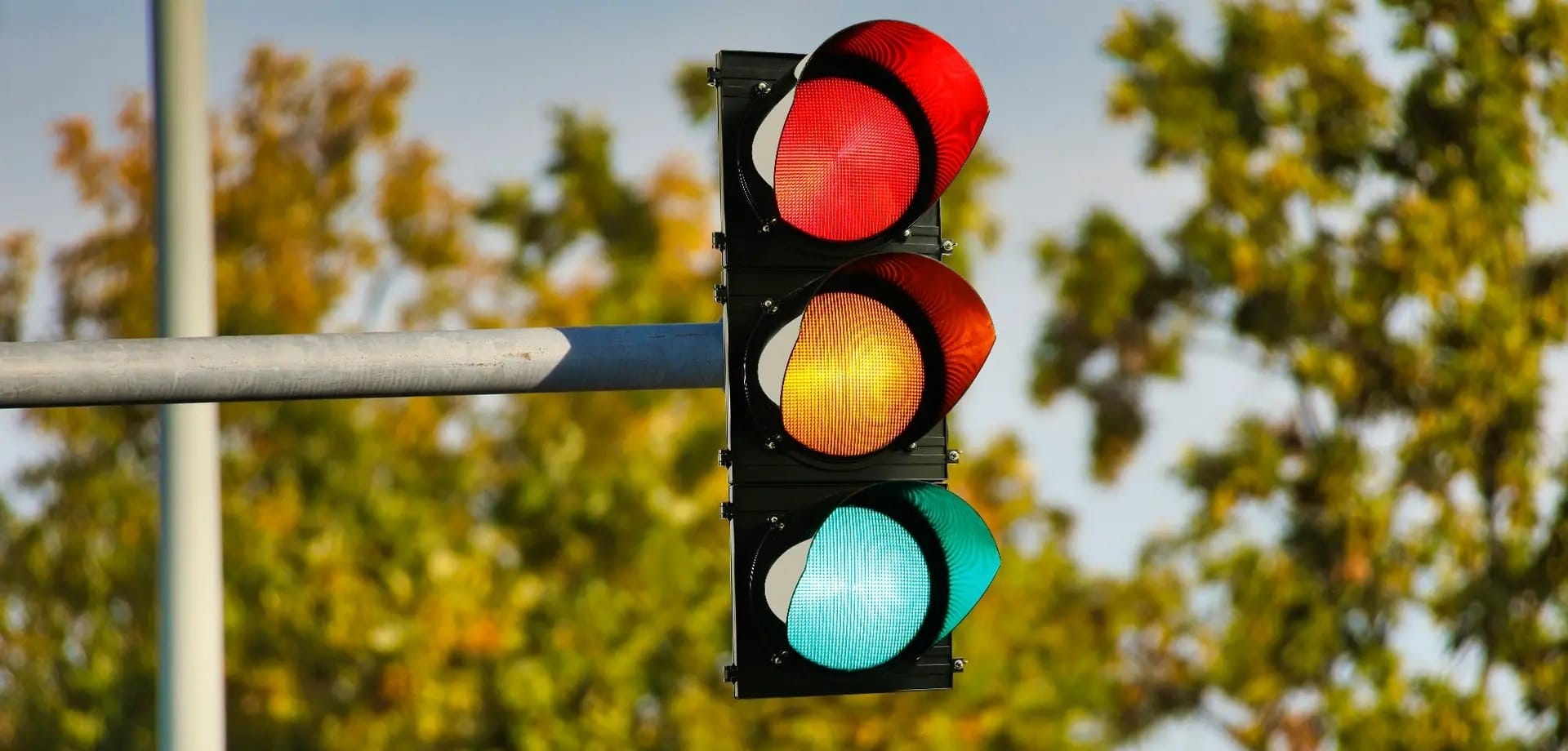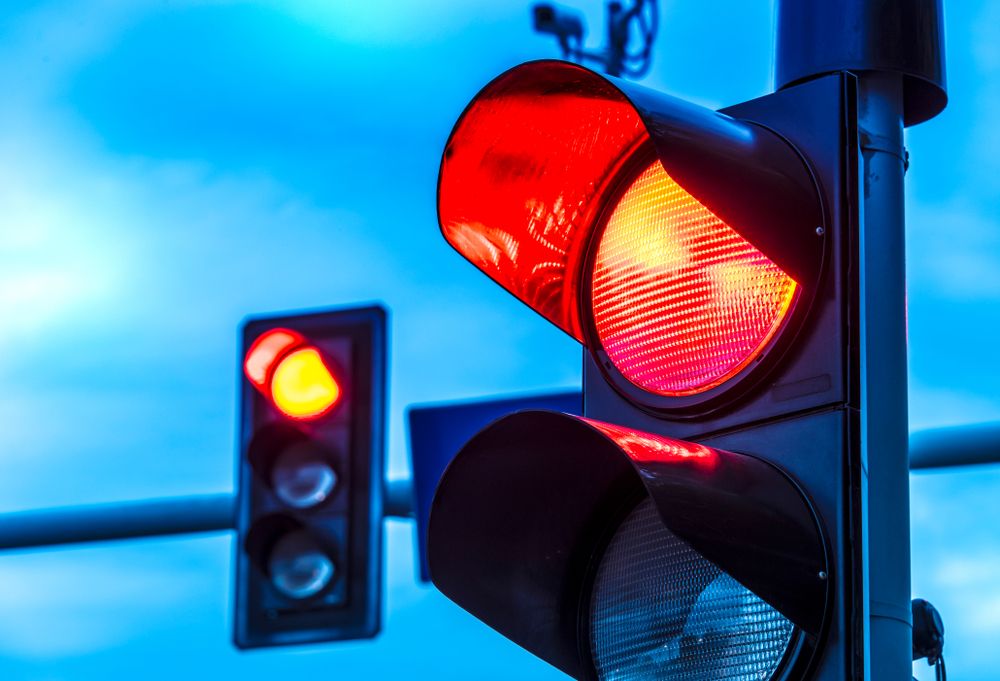Greetings, drivers in Washington! Significant alterations have been made to the right turn on red rule as of April 23, 2024. The goal of this post is to give readers a thorough grasp of these improvements so they can navigate intersections safely and effectively throughout the state.
Right Turns on Red: A National Standard with Local Variations
In the US, it is customary to yield the right of way and turn right on a red light after coming to a complete stop. State laws, however, are able to set particular rules and exclusions. Although turning right on red has long been the law in Washington, recent changes are meant to improve safety for bicycles and pedestrians, especially in busy locations.
Understanding the Previous Right Turn on Red Rule
Before 2024, cars in Washington could turn right when they saw a stable red light as long as the following criteria were satisfied:
What s New in 2024? Three Key Updates
- Increased Signage:
Clear signage is becoming more and more important, according to the Washington Department of Transportation (WSDOT). This comprises:
- Dedicated Right-Turn Lanes with Signals:
A new strategy is being used by the WSDOT at a few crossroads with heavy traffic and intricate pedestrian crossings. There will be designated right-turn lanes at these crossroads with separate traffic signals. The purpose of this is to lessen the possibility of collisions between cars and people crossing the street by separating right-turning vehicles from through traffic. This strategy could enhance traffic flow and safety in crowded places like Olympia, Bellingham, and Everett.
- Sensor Technology Integration:
Advanced sensor technologies will be installed at certain junctions. Even if they haven’t yet turned on the crossing signal, these sensors can identify the presence of bikes and pedestrians in crosswalks. The traffic light cycle will take this information into account, possibly lengthening the time of red lights to guarantee the safety of bicyclists and pedestrians. This technology is first being tested in a few areas including Kirkland, Renton, and Federal Way that see a lot of foot and bicycle traffic.
The Importance of Following the Updated Right Turn on Red Rule
The significance of driver awareness and compliance with traffic laws is emphasized by these improvements. Drivers who abide by the new rules can make a major contribution to:
Tips for Safe Right Turns on Red in Washington
In order to guarantee safe right turns on red in Washington, remember these crucial pointers:
Frequently Asked Questions (FAQs) Washington Right Turn on Red Rule
- Where can I find information about specific intersection regulations?
The Washington State Department of Transportation (WSDOT) keeps up an extensive online database with specifics regarding traffic laws at different state intersections. The WSDOT website [WSDOT traffic laws ON Washington.gov] provides access to this database.
- What happens if I violate the No Turn on Red sign?
In Washington, it is illegal to turn on red when there is a no turn sign. A fine may follow, and it will depend on the exact location and seriousness of the infraction.
- What if the traffic light malfunctions?
In the event that a traffic light malfunctions, proceed as though it were a four-way stop. When it’s safe to do so, stop completely, cede the right of way to all oncoming vehicles and pedestrians, and move cautiously forward.
- How will the sensor technology at pilot intersections impact drivers?
Drivers may notice somewhat longer red light durations at pilot intersections using sensor technology than at regular traffic lights. This is due to the fact that sensor technology puts the safety of bicycles and pedestrians first, possibly extending red lights to guarantee their safe passage.
- Who should I contact if I have further questions about the right turn on red rule?
You can visit their website or get in touch with the WSDOT at [WSDOT contact information ON Washington.gov] if you have any additional questions about the right turn on red rule or any other traffic laws in Washington.
Recall:
Conclusion
Washington’s revised right-turn on-red law is a testament to the state’s dedication to putting the safety of cyclists and pedestrians first. We can all help create a safer and more effective transportation system throughout the state by being aware of these changes, abiding by the rules, and engaging in safe driving practices.





























